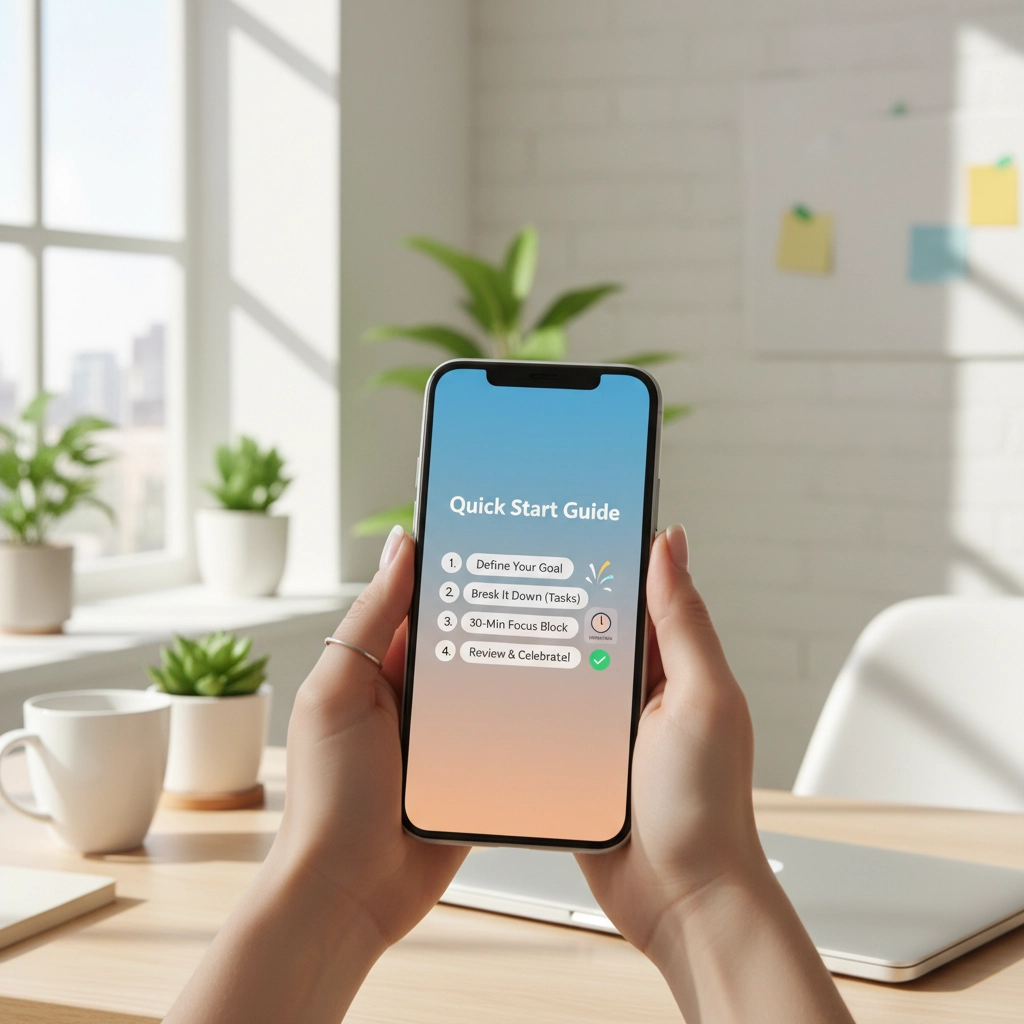Contents
ToggleHere's the uncomfortable truth: You're probably building your online courses all wrong.
Most teachers-turned-entrepreneurs make the same costly mistake. They try to recreate university-style education online. They build comprehensive, theoretical courses packed with every detail they learned in their teaching career.
The result? Courses that nobody finishes and students who feel overwhelmed before they even start.
But what if I told you there's a completely different approach? One that stops trying to compete with universities and instead gives students exactly what they're desperately seeking?
Why Universities Aren't Your Competition
Universities serve a specific purpose. They provide credentials, comprehensive education, and institutional prestige. They have massive budgets, established reputations, and accreditation systems.
You're not a university. And that's your biggest advantage.
While universities are bound by bureaucracy, curriculum committees, and accreditation requirements, you have something they'll never have: agility, personalization, and the ability to solve immediate problems.
Students don't come to your online course for a degree. They come for transformation.

The University Trap Most Teacherpreneurs Fall Into
When experienced teachers create online courses, they often default to what they know. They structure courses like semester-long classes:
- 12-16 weeks of content
- Multiple modules covering "everything" about the topic
- Theoretical foundations before practical application
- Comprehensive assignments and assessments
- Linear progression from basic to advanced
This approach works in classrooms with mandatory attendance and grades. It fails miserably online where students are voluntary participants seeking specific outcomes.
Your students aren't looking for another college course. They're looking for solutions to immediate problems.
What Students Actually Want: The SOLVE Framework
After working with hundreds of teacherpreneurs, I've identified what online learners truly crave. It's not more content. It's not longer courses. It's not comprehensive coverage of every topic.
Students want courses that SOLVE their problems:
S – Specific outcome focused
O – Outcome-driven structure
L – Limited scope and time
V – Valuable immediately
E – Easy to implement
Let's break down each element:
S: Specific Outcome Focused
Instead of "Complete Guide to Digital Marketing," create "How to Get Your First 100 Email Subscribers in 30 Days."
Instead of "Master Photography," create "Take Instagram-Worthy Food Photos with Your Phone."
Students don't want to become experts in everything. They want to achieve one specific, meaningful result.
O: Outcome-Driven Structure
Design your course backward from the desired outcome. If students want to launch a podcast, don't start with the history of podcasting. Start with publishing their first episode, then work backward through the necessary steps.
This approach keeps students motivated because they see progress toward their goal from day one.

L: Limited Scope and Time
Universities have 16 weeks to cover material. You have 16 minutes to prove value.
Successful online courses are intentionally limited:
- 4-6 core lessons maximum
- 2-4 hours of total content
- Completion possible in 1-2 weeks
Students prefer finishing a focused course to abandoning a comprehensive one.
V: Valuable Immediately
Every lesson should provide immediate value. Students should be able to implement something right away and see results.
Don't save the "good stuff" for later modules. Front-load value and keep delivering it consistently.
E: Easy to Implement
Your course should reduce friction, not create it. Students are busy. They're overwhelmed. They need simple, clear steps they can follow without additional research or complex tools.
If your course requires students to learn three new software programs before they can start, you've already lost them.
Implementing the SOLVE Framework: A Step-by-Step Process
Step 1: Identify the Specific Problem
Start with one clear problem your ideal student faces. Not a topic area. Not a skill set. A specific problem that keeps them awake at 2 AM.
Ask yourself:
- What transformation do they desperately want?
- What's the gap between where they are and where they want to be?
- What would make them say "This is exactly what I needed"?
Step 2: Define the Specific Outcome
Write one sentence describing exactly what students will achieve. Make it measurable and time-bound.
Good examples:
- "Create and launch your first digital product in 7 days"
- "Build a morning routine that sticks for 30 days"
- "Plan and cook 5 healthy meals without a recipe"
Step 3: Reverse Engineer the Path
Work backward from the outcome. What's the last step before they achieve the result? What comes before that? Keep working backward until you reach their starting point.
This gives you your course outline. Most courses need only 4-6 steps to achieve meaningful transformation.

Step 4: Cut Ruthlessly
Look at your outline. What can you remove without preventing students from achieving the promised outcome?
Cut it.
Save advanced techniques for a follow-up course. Remove nice-to-know information. Eliminate anything that doesn't directly contribute to the specific result.
Step 5: Front-Load Quick Wins
Reorganize your content so students experience success quickly. Can they implement something from lesson one and see immediate results? Perfect.
Early success builds momentum and confidence. It also proves your course delivers on its promises.
Real Examples of the SOLVE Framework in Action
Let's look at how this framework transforms typical course ideas:
Instead of: "Complete Course on Social Media Marketing"
SOLVE Version: "Get Your First 1000 Instagram Followers in 30 Days (Without Buying Them)"
Instead of: "Master Public Speaking"
SOLVE Version: "Deliver a Confident 5-Minute Presentation (Even if You're Terrified)"
Instead of: "Learn Piano"
SOLVE Version: "Play Your First Song on Piano in One Weekend"
Notice how each SOLVE version is more compelling, more specific, and more achievable. Students know exactly what they're getting and can immediately evaluate whether it solves their problem.
Why This Framework Works Better Than University-Style Courses
The SOLVE framework succeeds because it aligns with how adults actually learn online:
Motivation: Students stay engaged because they see progress quickly
Completion: Shorter courses have dramatically higher completion rates
Implementation: Focused scope means students actually use what they learn
Satisfaction: Achieving the promised outcome creates happy customers
Referrals: Satisfied students recommend courses that actually work
Universities optimize for comprehensive education. You should optimize for transformation.

Common Mistakes to Avoid
Even with the SOLVE framework, teacherpreneurs make predictable mistakes:
Mistake 1: Trying to teach everything they know instead of everything students need
Mistake 2: Making courses longer thinking it adds more value
Mistake 3: Starting with theory instead of immediate application
Mistake 4: Choosing outcomes that are too broad or vague
Mistake 5: Adding complexity to justify the price
Remember: students pay for results, not hours of content.
Your Next Steps
Ready to stop competing with universities and start creating courses students actually want?
Here's your action plan:
- Pick one specific problem your ideal students face
- Define one specific, measurable outcome
- Create a 4-6 step path to that outcome
- Cut everything that doesn't directly contribute
- Structure for quick wins and immediate implementation
The teachers who build successful online businesses aren't the ones with the most comprehensive courses. They're the ones who solve specific problems better than anyone else.
You don't need to be Harvard. You need to be helpful.
Stop trying to recreate university education online. Start solving real problems for real people. That's where the magic happens.
Want to connect with other teacherpreneurs who are building successful online businesses using frameworks like this? Join our free community where teachers share strategies, celebrate wins, and support each other on the journey from classroom to online business owner. Click here to join the Teacherpreneurs community and start building courses students actually want to take.





